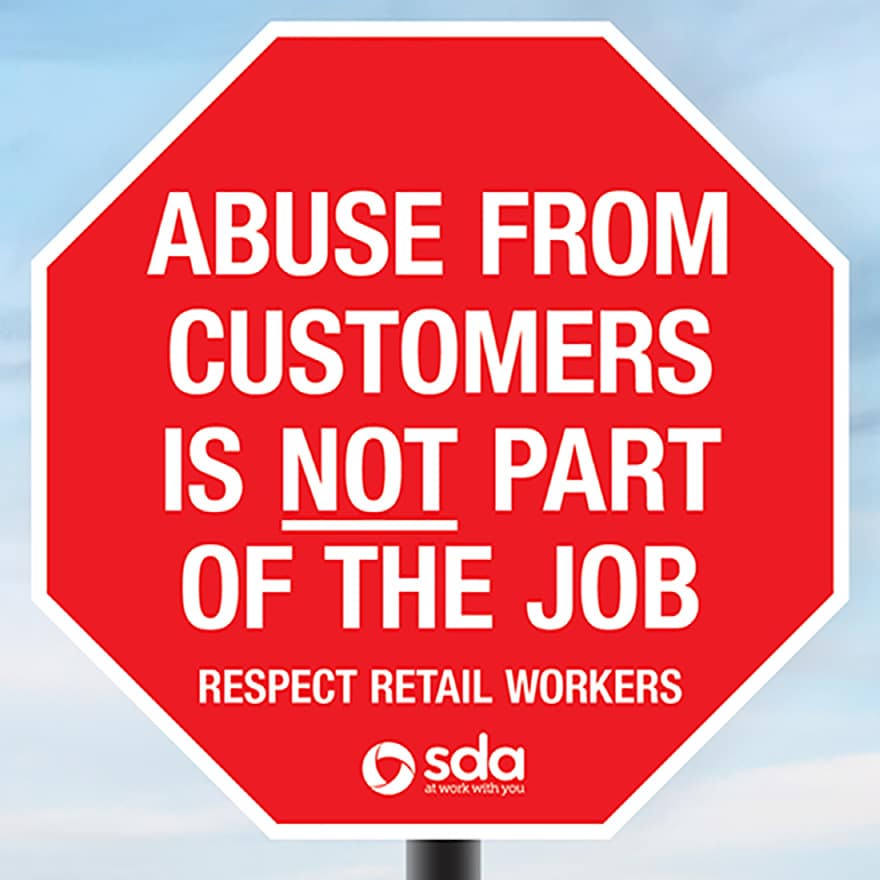
5 Things You Need to Know About PayPal’s Magento Migration Loan
The clock is ticking and Magento 1’s end of life (end of support) is right around the corner. For over a year, we’ve provided webinars, E-books, and security insights to help ease your migration worries. Now, Redstage teamed up with PayPal to provide access to Magento Migration loans for qualifying merchants.
With a “no merchant left behind” mentality, Redstage and PayPal are committed to making sure all business owners can scale further while fully experiencing the power of Magento 2. Here are 5 ways to get the best out of your migration experience.
1. Why You Should Migrate

Magento 1 support ends on June 30, 2020. While it may be difficult for some merchants to say goodbye, more revenue is waiting to be unlocked with Magento 2. On average, a Magento 1 Migration takes 6-10 months to complete and with 7 months until the platform sunsets, merchants are running out of time. More importantly, you’re missing out on additional revenues. Migrating to Magento 2 gives merchants access to a newer and more advanced eCommerce platform that provides security, functionality, and flexibility. Grab our free Magento Migration eBook here, or read on for a quick breakdown:
Security
With good reason, we’ve shared many tips on how to help protect your online store from fraud. End of Life means the end of security, and once June rolls around there will be no more Magento 1 security patches to save you. Hackers have familiarized themselves with the platform and broken extensions make their job easier. In the past year, Magento has released over 10 security patches for M1 (that’s at least 1 a month), and developers have stopped upgrading M1 extensions to focus on M2. These constant breaches leave your store, customers, and your bottom line at risk.
A positive customer experience is measured by many things, most notably how safe your customers feel. 41 percent of consumers switch retailers due to poor personalization and lack of trust. Magento 2 shows merchants are taking security seriously as the platform provides security updates with bug fixes, back-end administration protection, and encryption for credit card information.
Functionality
60% of B2B buyers demand a seamless customer experience and 47% expect traditional retailers to be as agile as Amazon. Magento 2 is committed to delivering a better shopping experience that allows merchants to produce a fast, simple, and frictionless checkout experience across all devices. Page loading and checkout speed have increased by 50 percent and 38 percent respectively, compared to the Magento 1 platform. The Magento 2 migration is the perfect recipe for a successful customer experience.
In a world where responsive design is trying to give customers all the same functionality we have on desktop in mobile, there may be a divergence here where we have to start thinking about different mobile experiences. Customers need to be able to go through the entire journey, from the research perspective to pricing, negotiation, approval, and purchase, ALL through their smartphones. Millennials will switch to your competitor immediately if you can’t give them that entire experience.
–Adam Morris, CEO, Redstage.
Flexibility
As our ongoing Mobile Optimization Initiative shows, Magento 2 gives merchants total control over creating a great user experience. The platform includes highly customizable themes and over 2,000 extensions. Your customers are more likely to come back for more if you continue to meet their expectations, so keep impressing them by upgrading your experience on different devices. Customize your theme in a way that highlights your brand and tells your brand’s story, or highlight products and provide a secure checkout all in one place.
38.8% of total Magento Merchants (Community or Enterprise) are still on various versions of M1. By not upgrading, merchants are putting themselves and their customers at risk. Magento 1 sites, among a dwindling community of users, will face a lifetime of declining usability, patchwork fixes, increased upkeep costs, and a higher level of maintenance than if they migrate to a new site or platform.
– Aidan Mcknight, Solutions Engineer, Redstage
2. The Migration Loan Explained

Migrating your website, budgeting for next year, and making sure you meet your end of the year sales goals can be overwhelming. The Magento Migration Loan can ease your worries, especially if you haven’t budgeted for migration.
The loan can help your businesses experience the new and improved advancements of the Magento 2 platform and provide the means to help keep your customers safe. PayPal and Redstage understand that the future of retail is digitally optimized. Online retail sales are expected to reach $735 billion by 2023. However, more than half of today’s retailers do not have access to debt or equity financing to help scale their business.
This migration loan is a first step to bridging the gap in financing solutions for online businesses. To accomplish your migration with a Magento Migration Loan, you must first apply for the Magento Migration loan here. Loans can range from $5,000-$500,000 with no hidden charges attached2. Upon approval, WebBank will transfer funds to your business’s bank account as fast as the next business day 3.
3. How to Apply and Receive the Credit

To secure a full credit on the cost of financing your migration, start by applying for the Magento Migration loan by visiting the LoanBuilder application page. If approved, you must follow these three steps to receive the credit4.
- Sign a Magento renewal license invoice that shows at least one payment.
- Open a PayPal Business Account.
- Sign a 3-year processing contract or renewal agreement with Braintree and process with Braintree on your new Magento 2 website for at least 3 months.
Benefits of Braintree
Driving revenue and maximizing business opportunities are crucial in scaling your business. To fully experience the power of Magento, should also be taking advantage of Braintree. The global payment partner is the missing piece you need to combine safe and frictionless customer experience like those seen in our recent tests. Braintree is a payment platform that delivers mobile and web payment systems in a single, seamless integration.
This year, there are approximately 1.92 billion digital buyers out there. That number is expected to almost double by 2021. The smart money is using this time to plan and test new ways to unlock more holiday revenue. The Magento migration loan is your first step to guaranteeing a prosperous future.
Moreover, Braintree offers other ways to drive revenue and maximize business growth overall. The single integration allows you to reach more buyers around the world, reduce checkout friction, increase efficiency, and migrate fraud risks. Remember, a fast, safe, and frictionless checkout experience increases conversion rates.
4. How to Become Eligible

If you’re operating on the Magento 1 platform and have been in business for at least 9 months, you’re halfway through the eligibility process. Your business must also be located and operated in any of the 50 United States or Washington, D.C. and earning at least, $42,000 in annual revenue. That’s it!
Unfortunately, the M1 end of life comes at a time outside of the normal re-platforming strategy for many clients. When we design and build on the latest technology, we want to amortize the costs for as long as possible and switch only when the pressure from competitors and customers increases. I love that PayPal is helping our clients solve this problem by helping them fund the migration process. This makes the process much easier to handle from a cash flow perspective and allows us to invest in a customer experience that’s outside of the normal cycle.
– Adam Morris, CEO, Redstage
Final Thoughts
With roughly 200 days remaining on the Magento 1 End of Life countdown the time for procrastination is over. Each day merchants wait, their revenue, customers, and reputation are at risk. Redstage and PayPal are committed to helping businesses grow and thrive, showing merchants how to unlock the revenue they deserve and build positive customer experiences. In the name of a prosperous and profitable 2020, revitalize your brand, enhance your customer experience, check your eligibility, and apply now for a chance to enjoy a fully credited migration loan from PayPal.
If you work for in B2B, click here to learn how you can migrate to Magento 2 in just 40 days!





Recent Comments